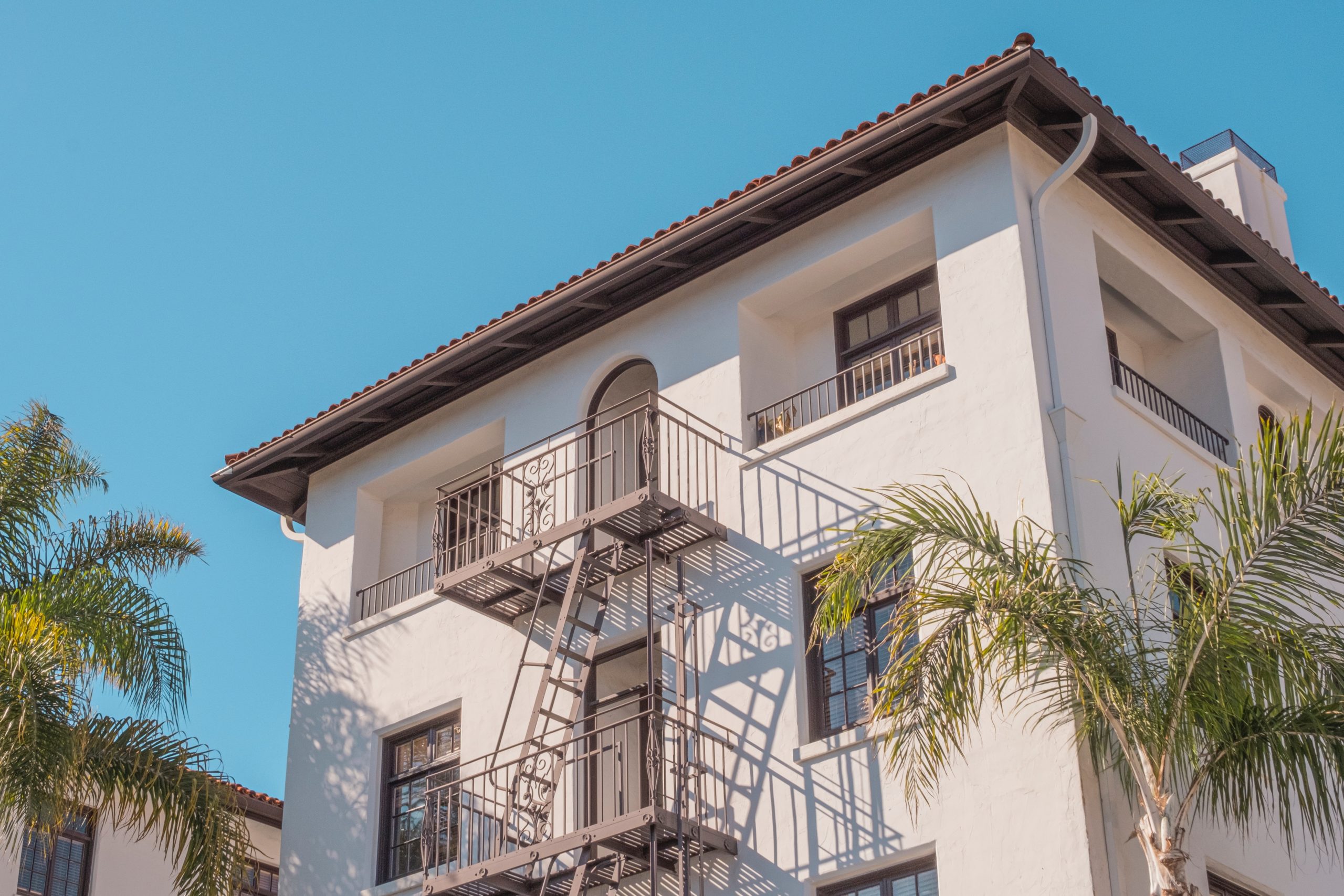The Basics of Value-Add Real Estate
In the case of single-family homes, the process of buying a run-down real estate investment property, remodeling it, and then selling it for profit, is commonly referred to as fix-and-flip. Your sweat equity and ability to see a diamond in the rough is rewarded monetarily, and the new owner gets an updated, move-in ready home. Value-add multifamily real estate deals follow a similar model, but on a massive scale. Hundreds of units get renovated over years at a time instead of just one single-family home over a few months. A great value-add real estate investment property may have peeling paint, outdated appliances, or overgrown landscaping, which all affect the curb appeal and the initial impression that a potential renter will form. Simple, cosmetic upgrades can attract more qualified renters and increase the income the real estate property produces. In value-add real estate properties, improvements have two goals:- To improve the unit and the community (positively impact tenants)
- To increase the bottom line (positively impact the investors)
Value-Add Examples
Common value-add real estate renovations can include individual unit upgrades, such as:- Fresh paint
- New cabinets
- New countertops
- New appliances
- New flooring
- Upgraded fixtures
- Fresh paint on building exteriors
- New signage
- Landscaping
- Dog parks
- Gyms
- Pools
- Clubhouse
- Playgrounds
- Covered parking
- Shared spaces (BBQ pit, picnic area, etc.)
- Green initiatives to decrease utility costs
- Shared cable and internet
- Reducing expenses
The Logistics of a Multifamily Value-Add
The basic fix-and-flip of single-family homes is pretty familiar to most people, but when it comes to hundreds of units at once, the renovation schedule and logistics aren’t as intuitive. Questions arise around how to renovate multi-family property while people are living there and how many units can be improved at a time. When renovating a multifamily property, the vacant units are first. In a 100-unit complex, a 5% vacancy rate means there are five empty units, which is where apartment complex investment renovations will begin. Once those five units are complete and as each existing tenant’s lease comes due for renewal, they are offered the opportunity to move into a freshly renovated unit. Usually, tenants are more than happy with the upgraded space and happy to pay a little extra. Once tenants vacate their old units, real estate renovations ensue, and the process continues to repeat until most or all of the multi-family apartment complex units have been updated. During this process, some tenants do move away, and it’s important for apartment complex investment projects to account for a temporary increase in vacancy rates due to turnover and new leases.Why We Love Investing in Value-Add Real Estate Properties
When done well, value-add apartment complex investment strategies benefit all parties involved. Through renovations, we provide tenants a more aesthetically pleasing property, with updated appliances and more attractive community space. By doing so, the real estate property becomes more valuable, allowing higher rental rates and increased equity, which makes investors happy too. The property-beautification process and the fact that renovated real estate property is more attractive to tenants is probably straightforward. But let’s dive into why value-add real estate investing is a great strategy for investors.First, Yield Plays
To fully appreciate value-add real estate investments, we must first understand their counterparts, yield plays. In a yield play, investors buy a stabilized asset and hold it for potential future profits. Yield play real estate investments are where a currently-cash-flowing-property that’s in decent shape is purchased and held in hopes to sell it for profit, without doing much to improve it. Yield play real estate investors hold property in anticipation of potential market increases, but there’s always the chance of experiencing a flat or down market instead. In a yield play, everything is dependent upon the real estate market.Now, Let’s Get Back to Value-Adds
Value plays and yield plays are the opposite. In a value-add real estate investment, significant work (i.e., renovations) takes place to increase the value of the property and doing such improvements carry a significant level of risk. However, value-add real estate investment deals also come with a ton of potential upside since the investors hold all the cards. Through physical action steps that improve the real estate property and increase its value, value-add real estate investors don’t just hold the asset hoping for market increases. Through real estate property improvements, income is increased, thus also increasing the equity in the deal (remember, commercial real estate properties are valued based on how much income they generate, not on comps, like single-family homes), which allows investors much more control over the real estate investment than in a yield play. Of course, a hybrid yield + value-add real estate investment is ideal. This is where an asset gets improved as the market increases simultaneously. Real estate investors have control over the value-add renovation portion and the market growth adds appreciation. Now, before you get too giddy about the potential of a hybrid real estate investment, there are risks associated with any value-add deal.Examples of Risk in Value-Add Real Estate Investments
In multifamily value-add real estate investments, common risks include: Not being able to achieve target rents More tenants moving out than expected Real estate renovations running behind schedule Renovation costs exceeding initial estimates (which can be a big deal when you’re renovating hundreds of multi-family units)Risk Mitigation
When evaluating real estate investment deals as potential investments, look for sponsors who have capital preservation of the forefront of the plan and who have a number of risk mitigation strategies in place. These may include:- Conservative underwriting
- Proven business model (e.g., some multi-family units have already been upgraded and are achieving rent increases)
- Experienced team, particularly the project management team
- Multiple exit strategies
- The budget for renovations and capital expenditures is raised upfront, rather than through cash flow


 Subscribe to our newsletter so you never miss out on new investment opportunities, podcasts, blogs, news and events.
Subscribe to our newsletter so you never miss out on new investment opportunities, podcasts, blogs, news and events.